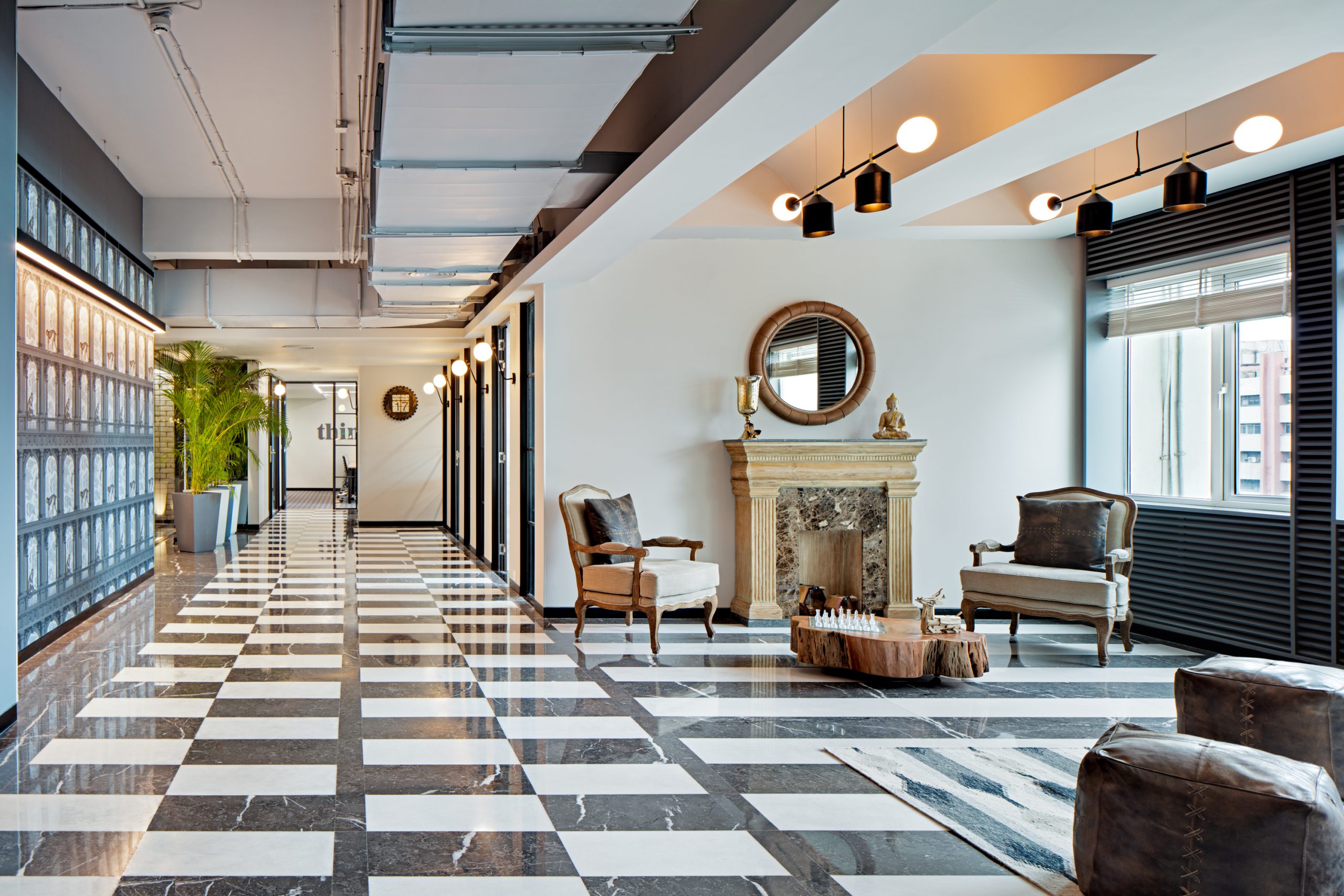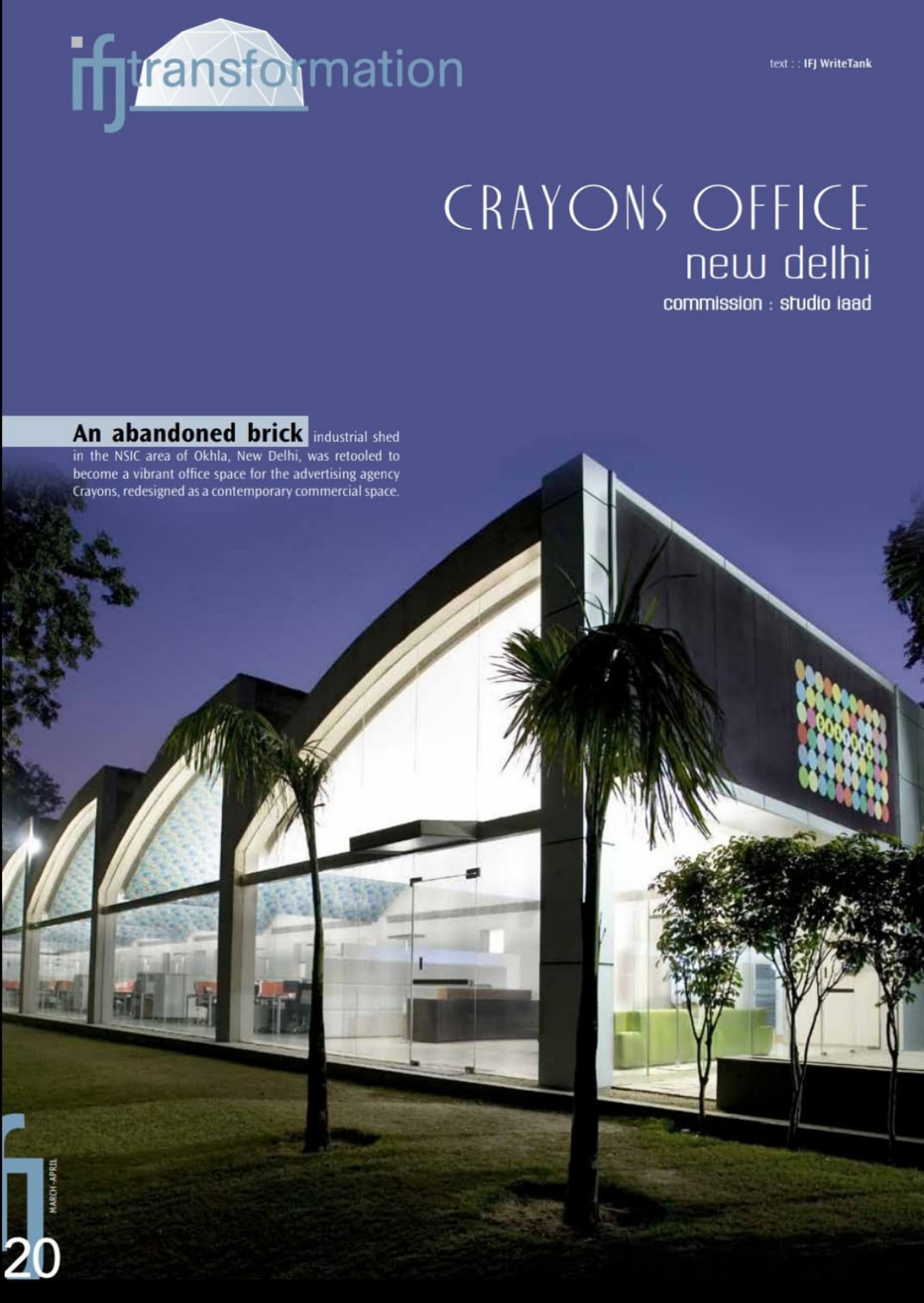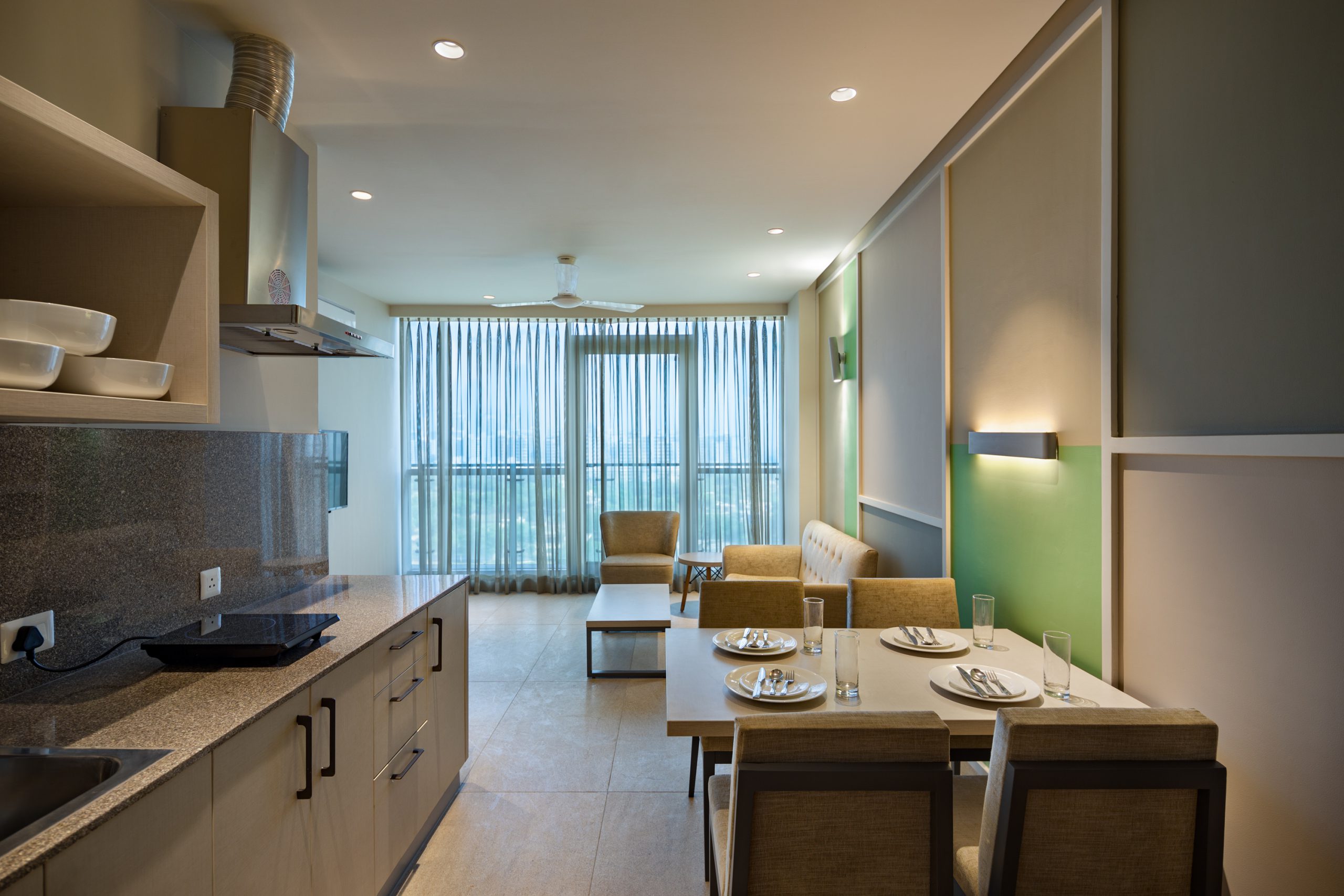
How To Choose The Best Flooring For Your Commercial Space
Blog 14

It can be tricky to select a suitable flooring material for commercial spaces. While trends come and go, some flooring materials are timeless. Flooring for a workplace or hospitality space needs to be aesthetically appealing, low-maintenance and functional simultaneously. Thus, it’s essential to pick material options that meet the same, especially for high-traffic areas with persistent wear and tear. Here are some factors to consider:
Durability & Resilience
Heavy traffic makes flooring in commercial spaces more prone to wear and tear. Hence, it’s recommended to select a material that is durable, resilient and low-maintenance. Hard-wearing flooring materials, including marble, granite and vitrified tiles, remain the go-to choice. Native flooring materials rooted in India, such as concrete, sandstone, limestone (think Kota), travertine, slate and Cuddapah (commonly known as black limestone), found commonly in Andhra Pradesh), have also gained popularity.
Sustainability & Eco-Friendliness
In recent years, there’s been a growing emphasis on sustainability and eco-friendly materials. For example, naturally-sourced ones like cork and bamboo flooring come in this category. Teak and White Oak have emerged as very popular too. Flooring trends for commercial spaces have shifted towards natural stones with mineral streaks and knots that embrace imperfections as part of the aesthetics and create a more natural feel.
Aesthetics
Commercial flooring must put aesthetics at the forefront because they make an impression on visitors. Cement, terrazzo and stone tiles with an edgy finish and rustic look elevate the design and have a honed finish, making it a sensible choice for outdoor areas. These flooring options are budget-friendly and characterful, primarily used with floral motifs or other materials. In recent years, affordable and functionally appealing Linoleum and Vinyl have also carved a niche in the commercial sector.
The Influence Of Technology
New-age materials and technologies address new demands in the commercial market. It has facilitated design, performance, cost, installation and environmental sustainability enhancements. For example, technology can help flooring materials become more impermeable and water-resistant, enhancing longevity and reducing maintenance hassles. Some fold-down technologies provide higher locking strength and milling tolerances too. Then there’s composite engineered wood, a natural wood veneer of any thickness atop a hard surface core of any material.
Today, innovation and technology have dramatically improved flooring materials‘ quality, finish and aesthetic appeal. As a result, one can also experience the finesse of wood in ceramic and vinyl tiles. For instance, hi-tech large-format porcelain slabs have become more prevalent in commercial projects as they are more resilient to everyday wear and tear.







